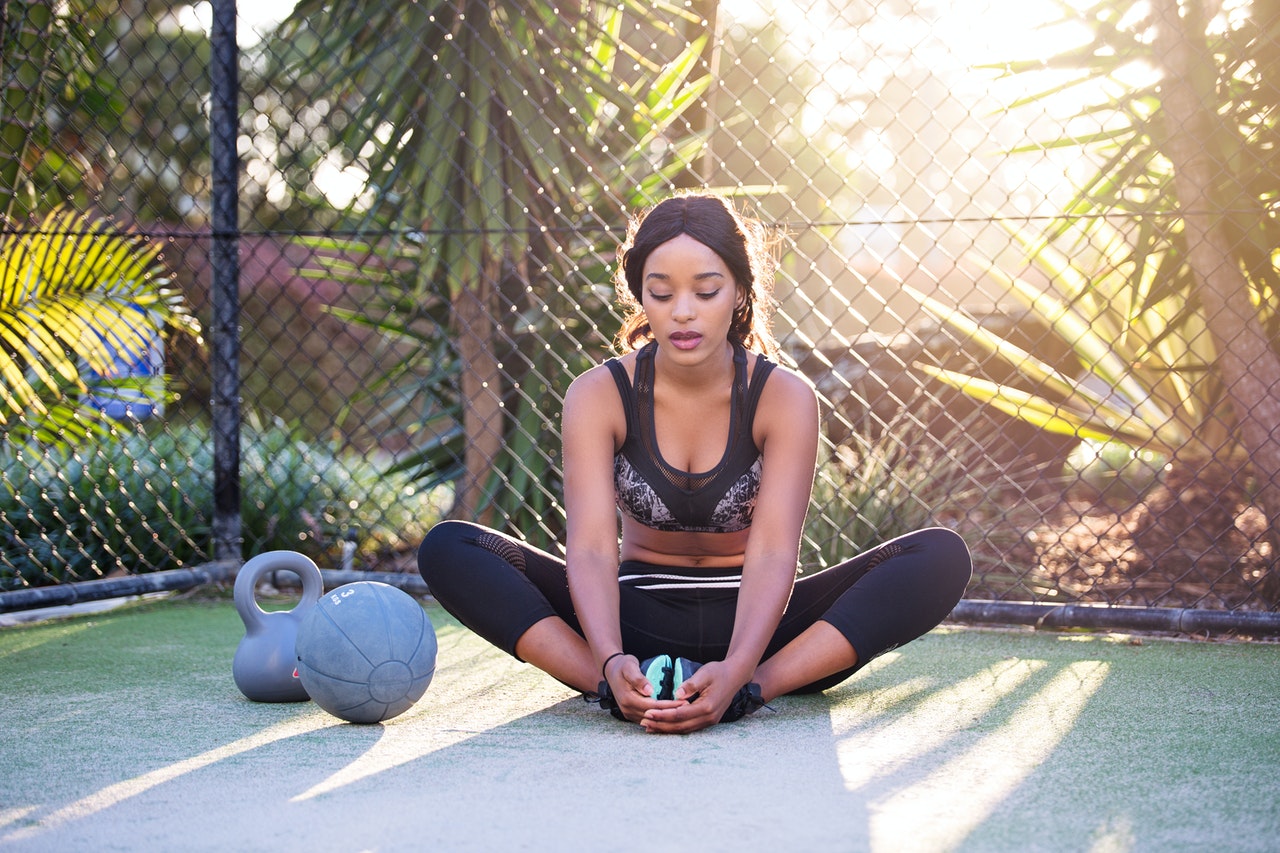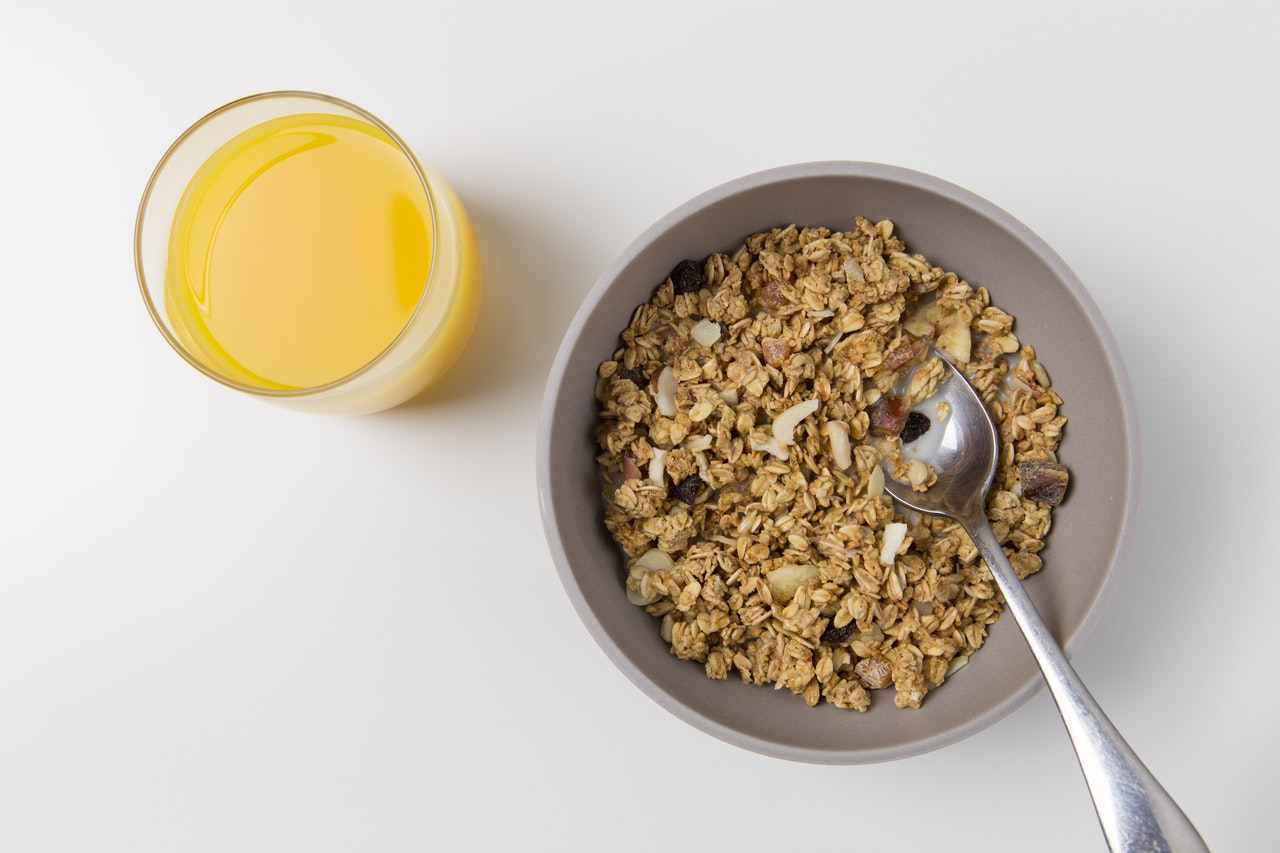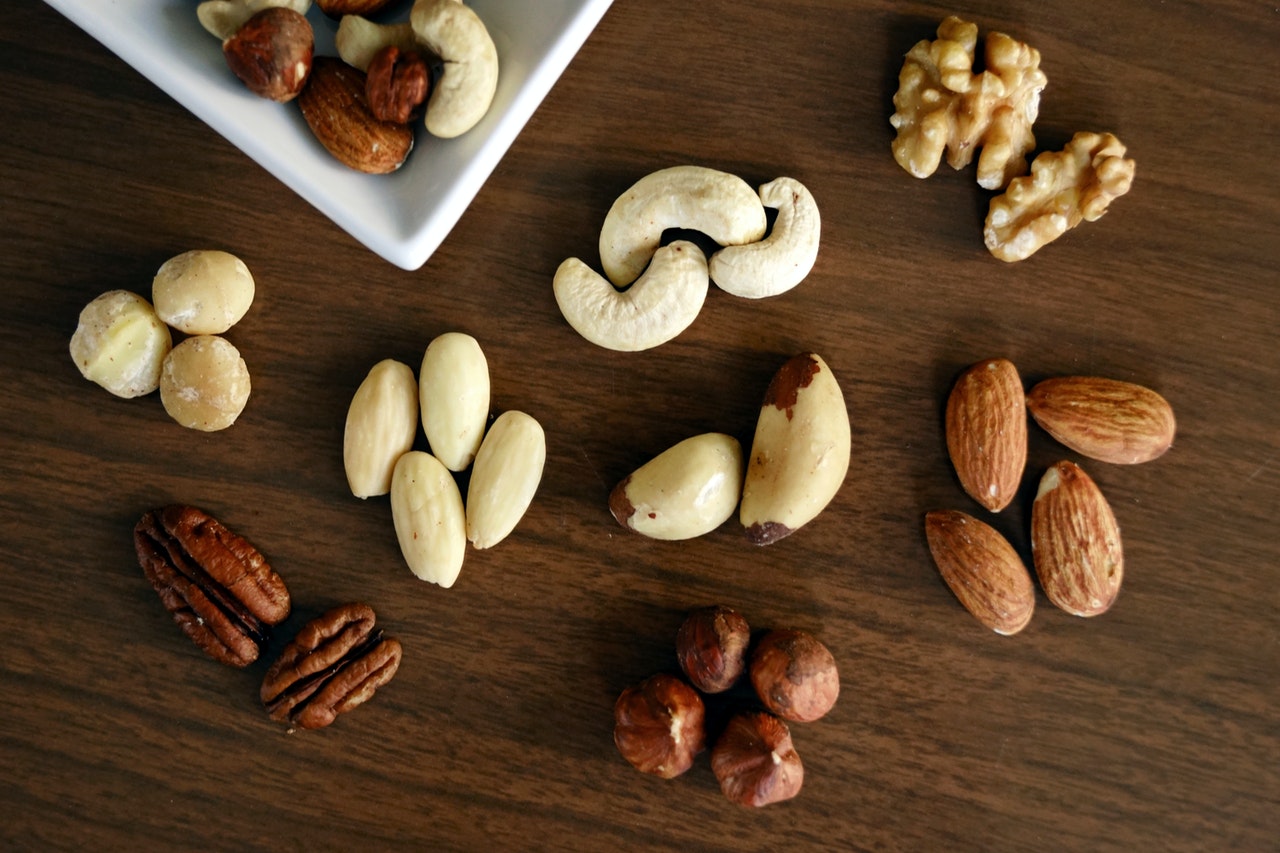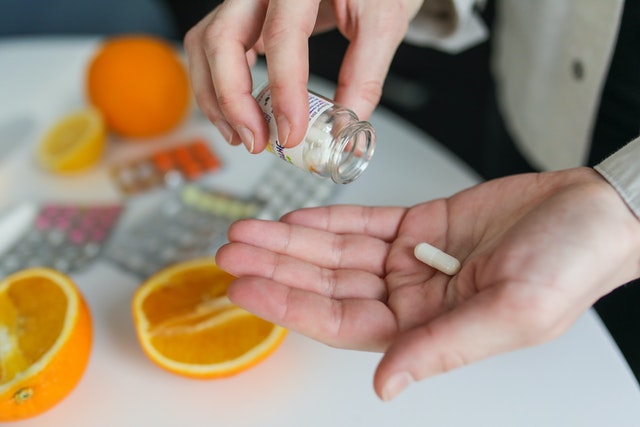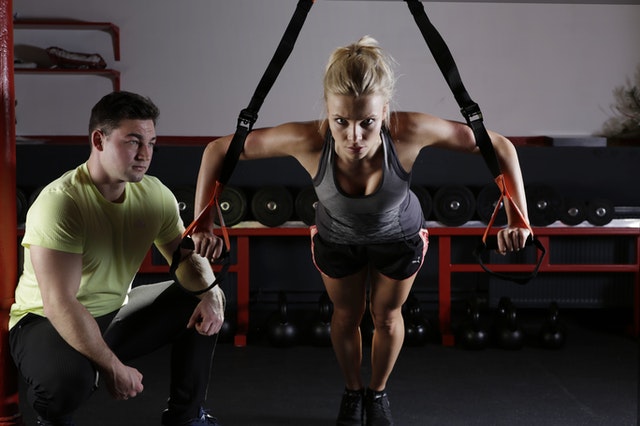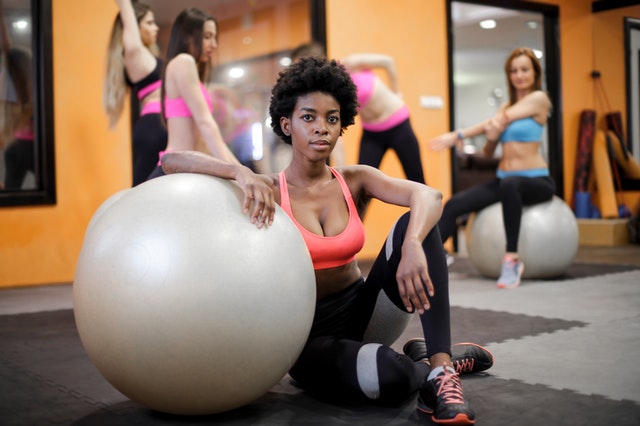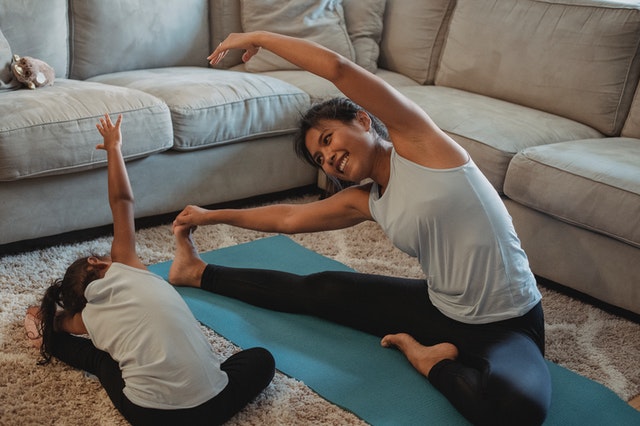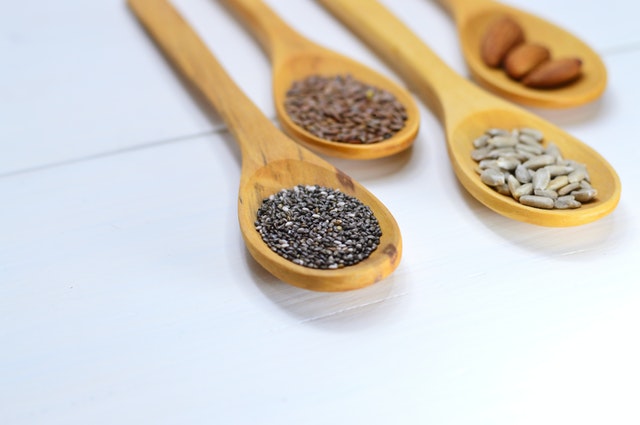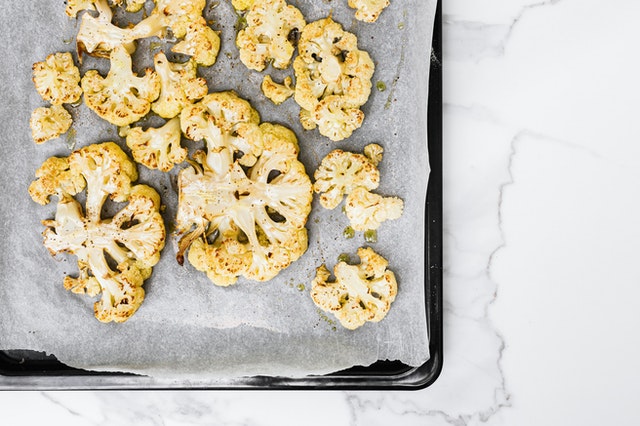By now, reminding you to wear sunscreen probably seems cliché. After all, everyone knows you’re supposed to wear it at the beach, right? Unfortunately, many people get confused about the reason you need sun protection. Here are seven of the biggest myths about sun care.
You Can’t Get a Sunburn on Cloudy Days: False

At least one friend or family member always tells you you’re exaggerating when you use sunscreen on cloudy days. “You can’t get a sunburn when it’s overcast,” they say. Stick to your guns! You can definitely get sunburned on cloudy, snowy or rainy days. Over 90% of ultraviolet rays can go through clouds and burn your skin.
The Purpose of Sunscreen Is To Prevent Sunburns: Partially True

Many people get confused about the reason you should wear sunscreen. While it’s true that you want to avoid sunburns, UV rays can damage your skin long before it starts to turn red. The main reason to wear sunscreen is to prevent skin cancer. Protecting yourself from UV rays by using sunscreen daily can reduce your risk of skin cancer by a whopping 40–50%!
All-Day Sunscreen Protects You All Day: False

Sunscreen bottles that claim “all-day protection” are overpromising what their products can do. Even though the sunscreen itself may reflect UV rays for many hours, the protective layer wears off in a few hours. According to the FDA, you should reapply sunscreen at least every two hours — more frequently if you’re sweating.
Sunscreen Gets in the Way of Vitamin D: True

If you’re covered from head to toe with sunscreen, a wide-brimmed hat, a long-sleeve shirt and sunglasses, it’s true that your body probably isn’t making a ton of vitamin D. Surprisingly, experts say that it doesn’t matter. It’s more important for you to prevent skin cancer by wearing sunscreen.
Many foods in the U.S. have vitamin D added to them. So if your doctor thinks you need extra vitamin D to help with bone strength, it’s pretty easy to take a supplement and get your levels up
People With Tan Skin Don’t Need Sun Protection: False

Everyone needs sun care. It doesn’t matter if you have light or dark skin or blue or brown eyes. UV rays damage any kind of skin! Of course, people with lighter skin need to be especially careful to stay sun safe.
Also, don’t skip your lips. Lips and fingers are often overlooked for sun protection, but they’re just as vulnerable to UV damage
Sunglasses Can Help Prevent Cataracts: True

Sunglasses aren’t just fashion accessories. Keeping UVA and UVB rays out of your eyes is one of the best ways to prevent cataracts down the road. The color of sunglasses doesn’t matter; the important thing is 100% UVA and UVB protection.
You Don’t Need Sunscreen Indoors: False

Unless your home or office has windows that are treated with UV coatings, ultraviolet rays can still travel through glass and hurt your skin. If you work long hours near a window, apply sunscreen. Another option is to close the curtains between 10 a.m. and 4 p.m.
Many health professionals recommend turning sun care into part of your daily routine. After having breakfast and brushing your teeth in the morning, put on sunscreen. That way, you can stay safe when you have to run errands.








